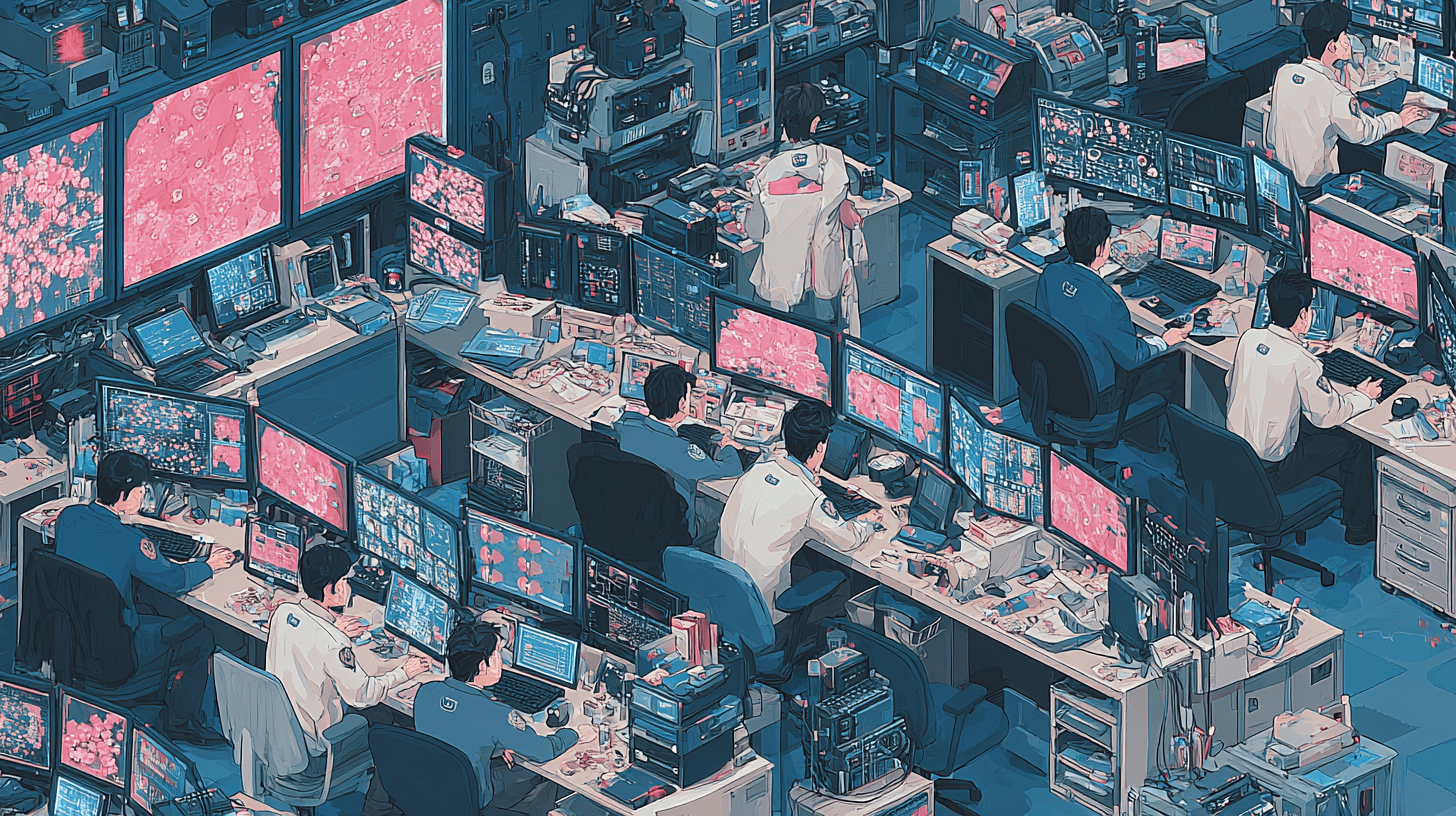What is a Modern Tech Stack in 2025?
The world of web and software development is moving fast — and in 2025, having a modern tech stack means balancing performance, security, scalability, and developer experience. But what exactly does that look like today?
In this article, we break down the key layers of a modern tech stack and the technologies that power today’s most robust applications — from frontend to backend and beyond.
1. Frontend: Interactive, Fast, and Accessible
The frontend is what users see and interact with. In 2025, developers are favoring lightweight, reactive, and accessible frameworks such as:
- SvelteKit: Ultra-fast, compile-time framework that offers excellent performance out of the box.
- React 19: Still a major player with new streaming UI and server components.
- Tailwind CSS: Utility-first CSS that enables rapid and consistent styling.
All modern frontends are built with TypeScript, ensuring safer code and better tooling support.
2. Backend: Secure, Performant, and Scalable
On the server side, speed and safety matter more than ever — especially with the rise of edge computing and real-time APIs. Popular backend stacks include:
- Rust + Actix Web: High-performance, memory-safe backend ideal for APIs and microservices.
- Node.js + Fastify: Still popular for lightweight web services, now more focused on performance.
- Django (Python): A secure, batteries-included framework still favored for internal tools and rapid development.
Security is built in — with features like token-based auth (JWT/OAuth2), rate limiting, and input sanitization considered standard from day one.
3. Database Layer: Fast, Reliable, and Flexible
Databases have evolved to serve different needs. A typical modern stack includes:
- PostgreSQL: The gold standard for relational databases, open-source, and feature-rich.
- ClickHouse: High-speed OLAP database used for analytics, logs, and monitoring.
- Redis: In-memory store used for caching and real-time data.
Many projects also use ORMs or query builders like Prisma, SQLx, or Drizzle to abstract and validate database queries in code.
4. DevOps & Deployment: Cloud-Native and Automated
A modern stack is not complete without automation and cloud-native practices. In 2025, DevOps tools include:
- Docker: For containerizing applications and their dependencies.
- Kubernetes (K3s or managed): For orchestration at scale.
- Terraform: For infrastructure as code and reproducibility.
- GitHub Actions / GitLab CI: For continuous integration and deployment (CI/CD).
Environments are reproducible and tested at every commit, with security scans, unit tests, and staging deployments built into the pipeline.
5. Observability and Monitoring
Modern apps need real-time insights. That’s why teams are adopting:
- Prometheus + Grafana: Metrics collection and dashboards.
- ELK Stack: Logs aggregation and forensic investigation.
- Sentry or OpenTelemetry: For tracing and error tracking.
Monitoring is proactive — alerts are set for unusual behaviors, performance issues, or potential security events.
6. Security by Design
In 2025, security is no longer optional or bolted on at the end. A modern stack includes:
- Automatic TLS (Let’s Encrypt, Caddy)
- Secure coding practices with linters and static analysis tools (e.g., Semgrep, Clippy, SonarQube)
- Secrets management with tools like Vault or Doppler
Cybersecurity and development are now deeply intertwined — this is exactly the kind of stack Cyber Dream helps companies build and audit.
Conclusion
The modern tech stack in 2025 is about building fast, secure, and maintainable systems. Whether you’re launching a startup or modernizing a legacy system, your stack choices define your ability to deliver and defend.
At Cyber Dream, we help organizations choose, secure, and operate the right stack — so they can focus on innovation, not incident response.



